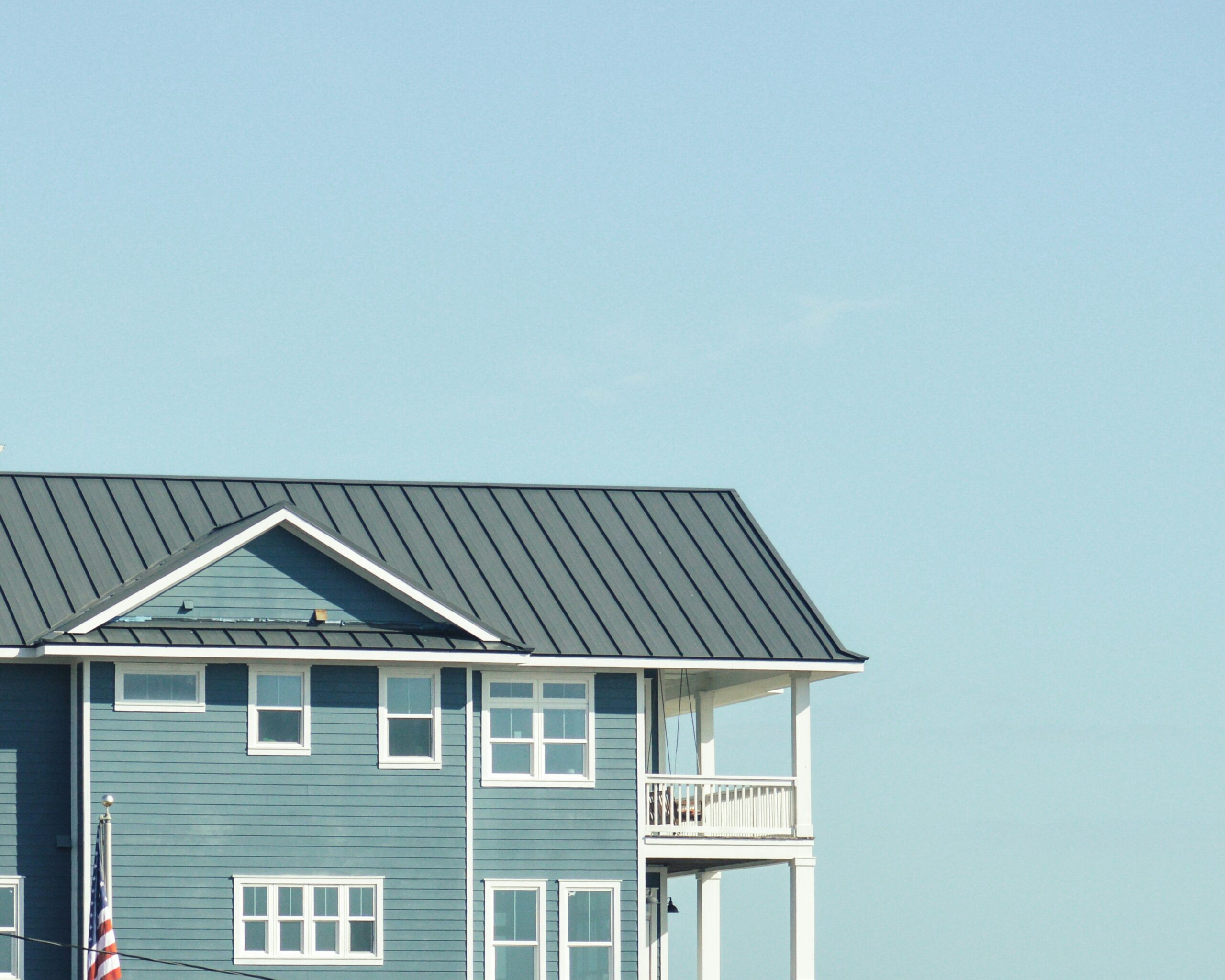
Eliminating the Chassis Requirement to Free Manufactured Homes from Local Discrimination and Regulatory Dead Weight
The coastal housing problem is highly salient in the housing discourse. However, more Americans live in rural areas than in all of California and New York combined. Even in metropolitan areas, most U.S. metros still have median home prices within 125% of construction costs — meaning that construction costs matter more than growth controls and land prices for home prices there.
Unfortunately, from 1987 to 2016, single-family residential construction productivity increased only 12%. Indeed homebuilding productivity has fared uniquely badly compared to the rest of the economy throughout the postwar era. Site-built construction overall, and single-family home construction in particular, remains resistant to productivity-boosting innovations.
Enter manufactured housing, the oft-maligned (or forgotten) housing type quietly providing 8.4 million affordable homes across the country. Modern manufactured homes have strict standards for structural integrity, material durability, and safety. In recent years, administrative changes to the Department of Housing and Urban Development (HUD) Code that governs manufactured home construction have allowed innovations like higher roof pitch and even limited multifamily designs to enter the market.
The Opportunity
Like cars or airplanes, manufactured homes are factory-built on an assembly line inside a controlled environment. This allows greater efficiency compared to site-built homes, where workers need to perform their duties in all weather conditions and sometimes awkward positions. Because manufactured homes are built indoors, workers can operate more efficiently and safely. This efficiency has a significant cost advantage, according to the Joint Center for Housing Studies at Harvard University, up 25-65% less than equivalent site-built construction.
Despite their efficiency advantage, manufactured homes face discriminatory barriers to fair competition with site-built construction. Many state laws and local zoning codes restrict or exclude manufactured homes, often based on architectural features common only on manufactured homes, like the congressionally-mandated permanent chassis.
The permanent chassis under every manufactured home must be retained even after permanent installation onto the land. This requirement is meant to retain nominal interstate portability, even though manufactured homes are rarely moved after they are attached to the land. The permanent chassis limits architectural flexibility by requiring the home to be installed higher off the ground to account for the chassis’s vertical height, makes basements less practical, and effectively precludes using HUD Code construction for upper floors due to the weight and bulk of the chassis.
In the past, organizations like the National Association of Homebuilders opposed reforming the HUD Code chassis requirement in an effort to protect home builders from more efficient, factory-made competition. Today, with the construction sector at full employment, this motivation for opposition has subsided.
Congress alone can eliminate the permanent chassis requirement for manufactured homes because the requirement is part of the definition of a manufactured home established by Congress. To do this, Congress must amend the definition of a manufactured home to remove the phrase “on a permanent chassis.” By doing this, Congress can eliminate wasted construction materials, allow new multifamily design options under the HUD Code, and unleash competition from factory-built manufactured housing.
Plan of Action
Identify and engage key stakeholders
- Stakeholders include National Association of Home Builders, National Association of Realtors, Manufactured Housing Institute, and other relevant organizations in the manufactured housing policy space.
- Conduct outreach to stakeholder organizations to ensure positional alignment and efficient use of resources for legislator education.
Educate legislators on the basics of manufactured homes, their role in the housing market, and their inherent efficiencies.
- Member education will take the form of in-person and virtual meetings with member and committee offices in both chambers. Members on relevant committees and a geographically diverse slate of members who are active in housing policy will be prioritized.
- Legislator education will focus on removing a federal barrier to consumer choice and allowing fair competition between different construction methods. Additional talking points will include that the reform requires no appropriation and will improve access to modest and starter homes across the country.
The end goal is to incorporate revised manufactured home definition without permanent chassis requirement into must-pass legislation. An alternative is to pass it as standalone legislation.
Conclusion
Based on conversations with HUD staff, it is our understanding that once the permanent chassis requirement is lifted by Congress, HUD and the Manufactured Housing Consensus Committee will need to revise its existing administrative regulations to incorporate off-chassis construction into the existing HUD Code, or it could develop a parallel HUD Code for off-chassis construction.
After the HUD Code revisions are completed, homebuilders will have more design flexibility, and consumers will have more options beyond local site-built home builders for small and starter homes. Increased uptake for manufactured construction following this policy change will come from allowing HUD Code construction to compete more evenly against site-built construction.
This idea of merit originated from our Housing Ideas Challenge, in partnership with Learning Collider, National Zoning Atlas, and Cornell’s Legal Constructs Lab. Find additional ideas to address the housing shortage here.
As people wait for this catastrophic grid failure to be remedied, much of southeast Texas, which includes Houston, is enduring dangerous, extreme heat with no air conditioning amid an ongoing heatwave.
The federal government plays a critical role in scaling up heat resilience interventions through research and development, regulations, standards, guidance, funding sources, and other policy levers. But what are the transformational policy opportunities for action?
Comprehensive heat safety standards are essential to mitigate the impacts of climate change on farmworkers and ensure the sustainability and resilience of agricultural operations.
Public deliberation, when performed well, can lead to more transparency, accountability to the public, and the emergence of ideas that would otherwise go unnoticed.